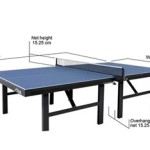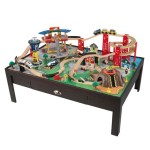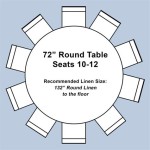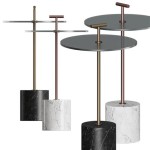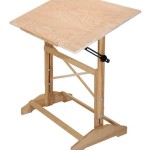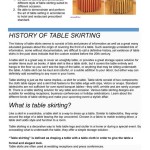Dining Room Table Plans: A Comprehensive Guide for Home Woodworking
A dining room table is the centerpiece of any gathering space, bringing family and friends together for memorable meals and conversations. Embarking on a woodworking project to create your own table can be both rewarding and challenging. To ensure success, careful planning is paramount. Here are the essential aspects to consider while crafting dining room table plans for your home:
1. Determine Table Size and Shape
The size and shape of your dining table will depend on the available space in your dining room and the number of people it needs to accommodate. Consider the width, length, and height of the table in relation to the room's dimensions. Common table shapes include rectangular, square, round, and oval.
2. Select the Right Wood
The wood you choose will impact the table's durability, appearance, and maintenance requirements. Popular choices for dining room tables include hardwoods such as oak, maple, cherry, and mahogany. Each wood species has unique characteristics regarding grain pattern, hardness, and color.
3. Design the Table Base
The table base provides support and stability for the tabletop. There are various base designs to choose from, including pedestal bases, trestle bases, and four-leg bases. Consider the weight of the tabletop and the overall style you wish to achieve when selecting the base design.
4. Create the Tabletop
The tabletop is the surface on which meals are enjoyed and conversations are shared. It can be made from a single piece of wood or multiple pieces joined together. The thickness of the tabletop will determine its durability and overall weight. Consider the possibility of adding aprons or edges to enhance the tabletop's aesthetics.
5. Join the Tabletop and Base
Once the tabletop and base are complete, it's time to join them together securely. This can be achieved using methods such as screws, bolts, or dowels. Ensure the joints are strong enough to withstand the weight of the table and any potential movement.
6. Finish the Table
The finishing touches will protect your dining table and enhance its appearance. Sand the table thoroughly to remove any imperfections. Apply a stain or paint to match your desired color scheme. Finally, seal the table with a protective finish such as polyurethane or lacquer to protect it from spills and wear.
7. Consider Additional Features
Depending on your needs and preferences, you may want to incorporate additional features into your dining room table design. These could include drawers for storage, leaves to extend the table's length, or built-in lighting to create a cozy ambiance.
Conclusion
Creating a dining room table from scratch requires careful planning and meticulous execution. By considering the table's size, shape, wood selection, base design, tabletop construction, joinery, finishing, and additional features, you can craft a unique and functional piece that will become a cherished gathering place for your family and friends.

How To Build A Farmhouse Table

Diy Small Farmhouse Table Plans And Tutorial

Diy Farmhouse Table Free Plans Rogue Engineer
:max_bytes(150000):strip_icc()/decor-and-the-dog-farmhouse-table-56af6cc05f9b58b7d018acf1.jpg?strip=all)
14 Free Diy Woodworking Plans For A Farmhouse Table

Dining Table Plans Ana White
:max_bytes(150000):strip_icc()/shantydining-5a81b364c5542e0037a9c332.jpg?strip=all)
14 Free Dining Room Table Plans For Your Home

20 Gorgeous Diy Dining Table Ideas And Plans The House Of Wood

H Leg Dining Table Rogue Engineer

10 Diy Dining Table Ideas Build Your Own Room

Made From Scratch 25 Diy Dining Tables Bob Vila

